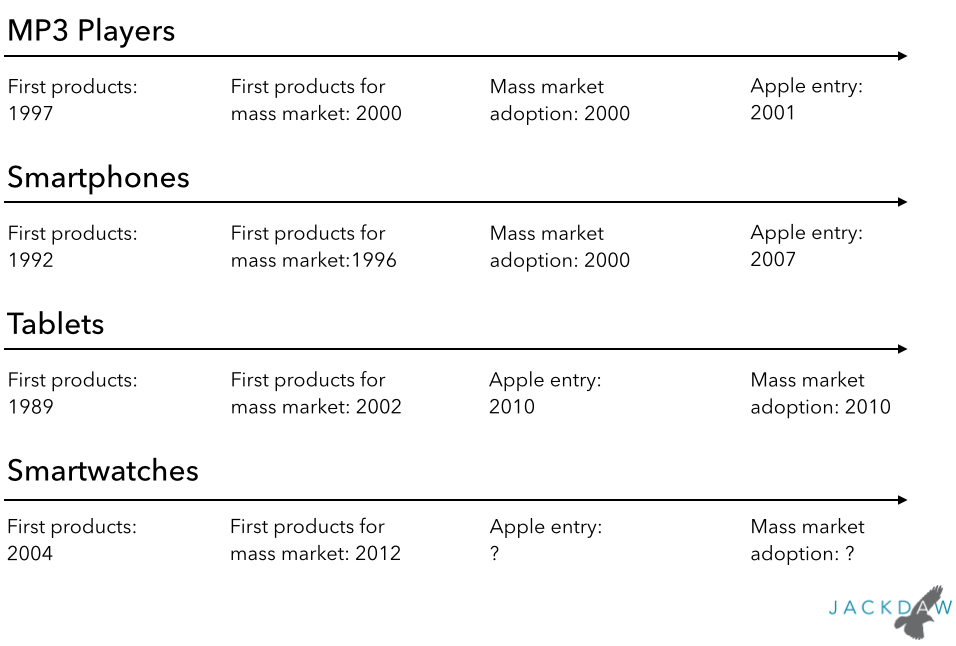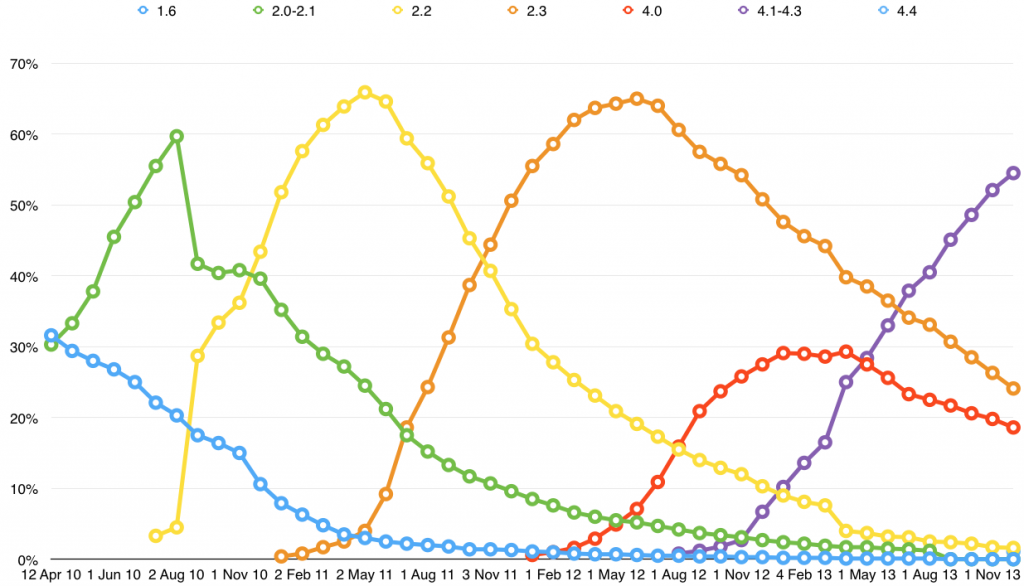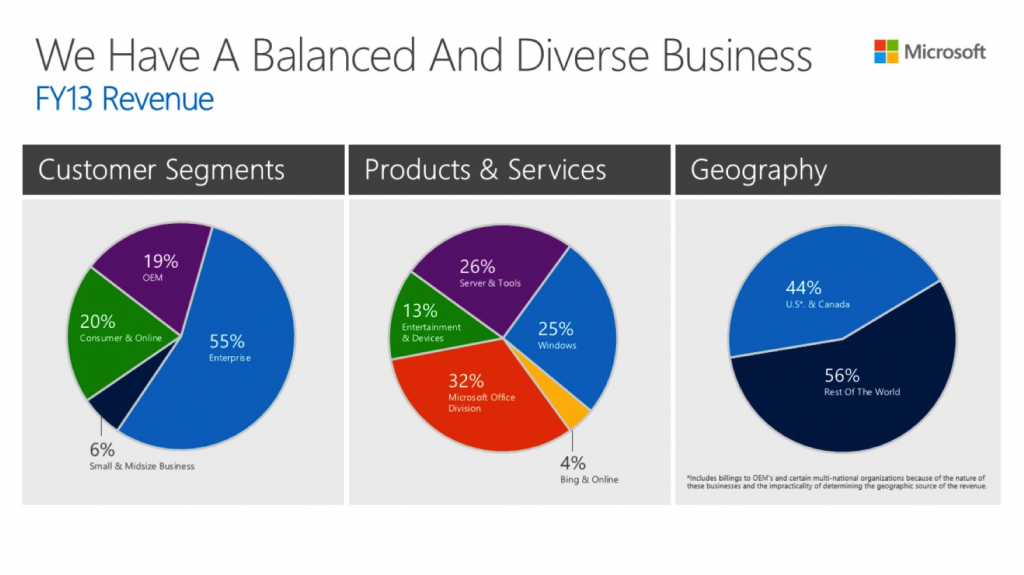This past week has seen two major news items featuring Verizon: the defeat of the FCC’s net neutrality regulations in court, which was instigated by Verizon, and the acquisition by Verizon of Intel’s Cloud TV business. So far, I haven’t seen many articles drawing a connection between the two, but in reality they’re both part of the broader picture of Verizon’s video strategy.
FiOS has been the focal point of Verizon’s video strategy
That strategy was kicked off years ago, when Verizon launched its first video services over 3G and then over its FiOS networks. Over time, those two efforts were united to some extent as a more coherent video strategy emerged, and it eventually became clear that FiOS was the focal point of Verizon’s video strategy, with mobile efforts merely appendages to that. The FiOS video offering has since grown to five million subscribers, representing just over a third of the homes where it is available. This business generates several billion dollars a year in revenue for Verizon, alongside FiOS broadband and voice services, and represents Verizon’s main video business today.
However, Verizon appears to recognize that this opportunity may be under threat from trends in the market. A recent interview with the guy who heads Verizon’s consumer and small business wireline operations, Bob Mudge, hints that the company sees the writing on the wall for traditional pay-TV services from cable and satellite companies and telcos:
The pay-TV market is shrinking. It’s a slow shrinkage…
Data connectivity is what you must have. That gives the customer more options, whether to get traditional video or to use that data pipe for over-the-top (OTT) video and other online applications.
The key point here is that Mudge recognizes that many consumers will not want to buy classic pay-TV services, and that many of their needs may be met by other options. I think he’s wrong about broadband being the key service (though it’s understandable why he’d make that argument given Verizon’s strength in this area). Consumers fundamentally want content, not connectivity. Connectivity is a means to an end, and if it’s the right combination of fast and good value, they won’t care who they get it from. The TV offering is going to be the key differentiator in the consumer space, not broadband. Continue reading


